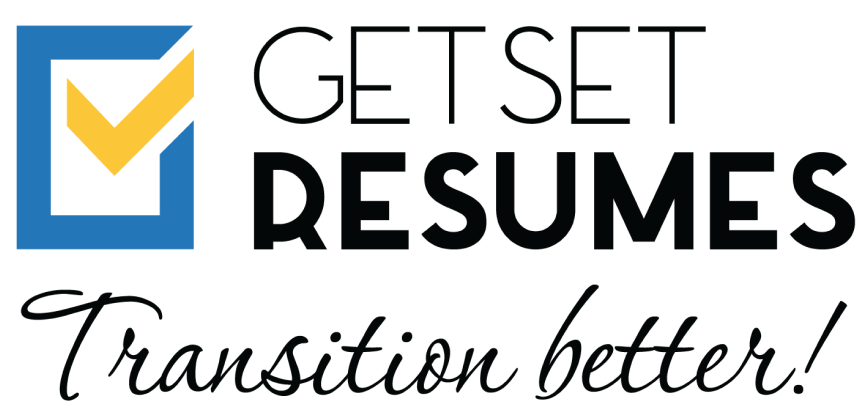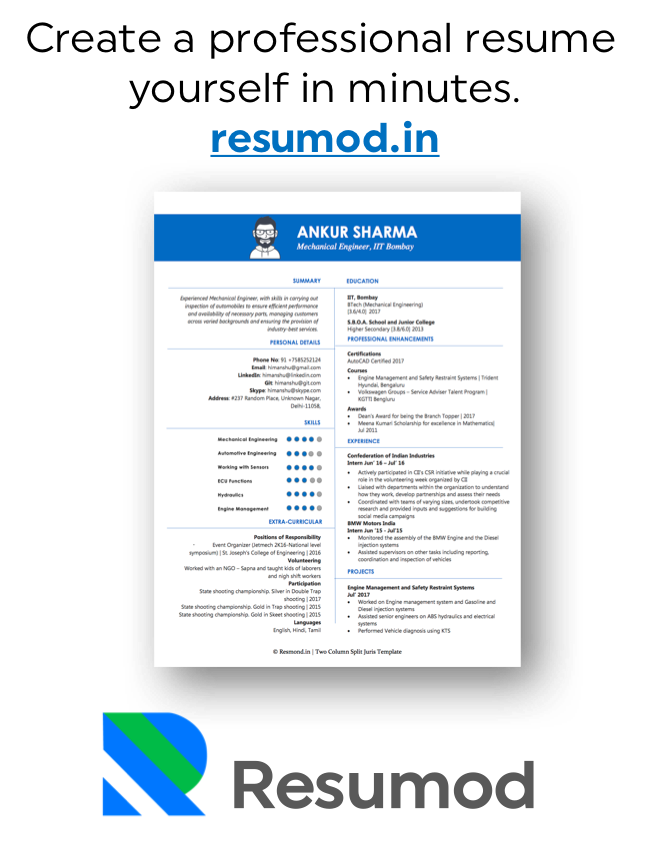Picture this: you’re scrolling through LinkedIn, and you see yet another post about someone landing their dream job. You might think, “How do they manage to get noticed in this vast pool of professionals?” The truth is, landing a recruiter’s attention isn’t just about sending a stellar resume – it’s about staying on their radar consistently and purposefully.
Recruiters are the gatekeepers of career opportunities, often reviewing hundreds of profiles daily. According to a LinkedIn report, 75% of job seekers research their employer online, but only 25% invest time in crafting a personal brand that attracts recruiters. The gap is striking, but it’s also an opportunity to stand out.
Here’s how you can ensure recruiters not only notice you but also remember you when the perfect opportunity arises.
Build an Authentic Personal Brand Online
Recruiters spend a significant amount of time on platforms like LinkedIn. In fact, 87% of recruiters regularly use LinkedIn to vet candidates. To stand out, your profile should reflect who you are and what you bring to the table.
Key Tips:
- Have a scroll stopping headline: Instead of a generic job title, craft a headline that highlights your value. For instance, “Driving Business Growth with Strategic Marketing & Analytics” is far more engaging than just “Marketing Manager.”
- Use about section to tell your story: Use this space to tell your story. Avoid overused jargon like “dynamic professional.” Instead, explain what drives you and back it up with achievements.
- Share insightful content: Regularly share articles or insights related to your field. Even a short, well-thought-out post can establish you as an informed and engaged professional.
Pro Tip: Use a professional headshot. Profiles with photos are 14 times more likely to be viewed than those without.
Network Strategically (Without Being Pushy)
“Your network is your net worth,” goes the saying, and it holds especially true in today’s competitive job market. But networking isn’t just about collecting contacts – it’s about building meaningful connections.
How to Do It Right:
- Engage thoughtfully: When you send a connection request to a recruiter, personalize it. Mention why you admire their work or how you relate to their field of expertise.
- Be present in their circles: Join professional groups or attend industry webinars where recruiters might be present. Engage in discussions to showcase your knowledge.
- Follow up without fading out: If you’ve had a conversation with a recruiter, send a polite follow-up message thanking them for their time. A short “Just wanted to stay in touch!” goes a long way.
Tailor Your Resume for ATS Systems
Here’s a startling fact: 75% of resumes are never seen by human eyes, thanks to Applicant Tracking Systems (ATS). To make it past these digital gatekeepers, your resume needs to be optimized.
Tips for ATS-Friendly Resumes:
- Add the right keywords: Use phrases from the job description. If they want someone “experienced in CRM,” make sure that’s in your resume (if it applies, of course!).
- Keep it simple: Avoid overly creative formats. Stick to clean, structured designs.
- Quantify achievements: Numbers speak louder than adjectives. Instead of saying, “Improved sales,” write, “Increased sales by 25% within six months.”
Show Genuine Interest in the Companies You Target
Recruiters appreciate candidates who’ve done their homework. When you show you understand the company’s values and goals, it’s a signal that you’re serious about the role.
Ways to Show Interest:
- Research the company: Be familiar with their recent projects, goals, and challenges.
- Engage with their content: Like, comment on, or share their updates on LinkedIn. Thoughtful engagement can grab attention.
- Customize your approach: If you’re applying for a role, personalize your cover letter to explain why you’re a great fit for that specific company.
Stat to Consider: According to a survey, 63% of recruiters say personalization in applications makes a candidate stand out.
Upskill and Stay Relevant
The professional landscape is constantly evolving, and recruiters look for candidates who adapt to change. Upskilling not only enhances your value but also puts you on recruiters’ radars as someone who is proactive.
Where to Start:
- Certifications: Enrol in courses relevant to your field. Platforms like Coursera, Udemy, and LinkedIn Learning offer affordable options.
- Industry trends: Stay informed about emerging technologies or trends in your field. For example, a marketing professional would benefit from learning about AI-driven analytics.
- Showcase your efforts: Update your LinkedIn profile with new skills and certifications as soon as you earn them.
Quote for Motivation: “Opportunities don’t happen, you create them.” – Chris Grosser
Be Easy to Reach
Nothing frustrates a recruiter more than not being able to contact a promising candidate. Make it simple for them to connect with you.
Checklist:
- Include up-to-date contact information on your resume and LinkedIn profile.
- Use professional email addresses. (No “coolguy123@mail.com” please!)
- Mention your preferred communication channel in follow-up messages.
Stay Positive and Professional
Recruiters not only evaluate your skills but also your attitude. The way you interact with them and others on public platforms plays a significant role in how they perceive you.
Dos and Don’ts:
- Do: Be courteous in all communications.
- Don’t: Complain about past employers or colleagues online.
- Do: Share success stories or milestones to showcase your professional journey.
Final Thought
Recruiters are not just looking for someone to fill a role – they’re looking for someone who fits into a company’s culture and adds value. By consistently building your personal brand, networking strategically, and showcasing your adaptability, you’ll stay on their radar for the right reasons.
Remember, as Steve Jobs once said, “The only way to do great work is to love what you do.” Stay passionate, stay visible, and the opportunities will find their way to you.
So, the next time you wonder, “How do I get noticed?” you already know the answer—keep showing up, and let your work speak for itself!


